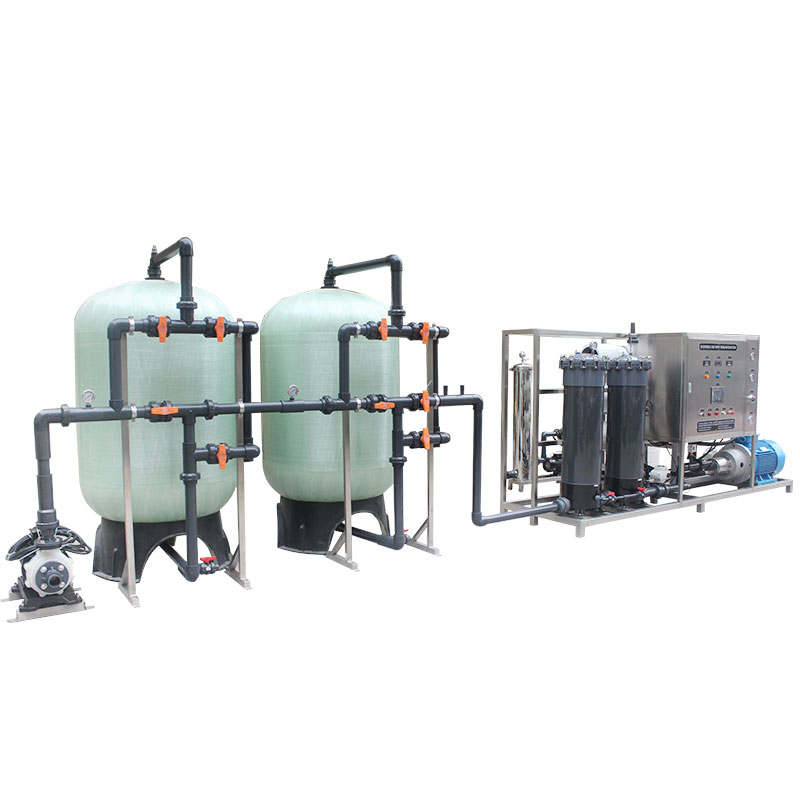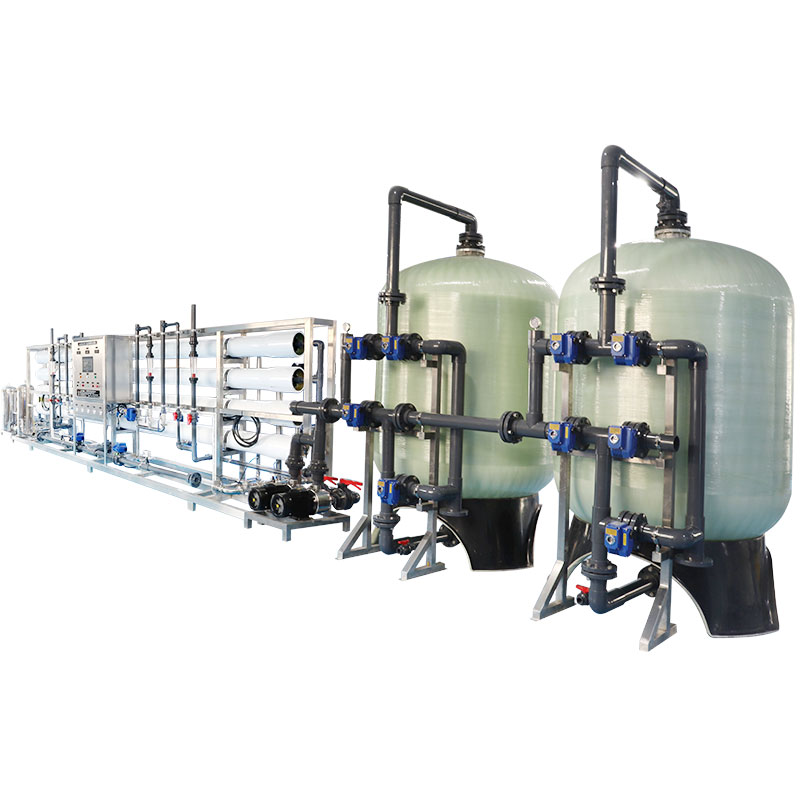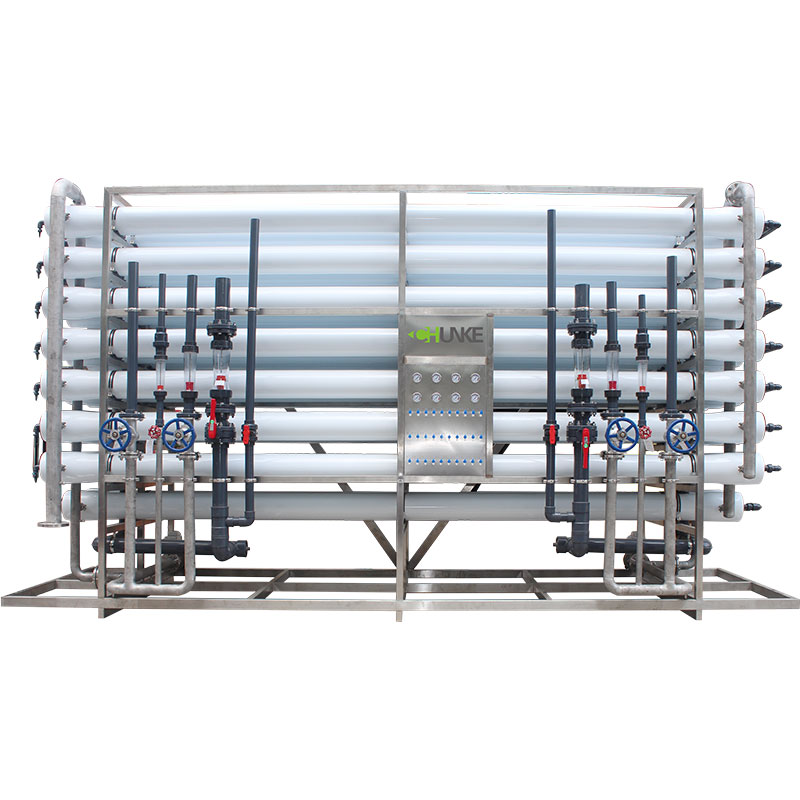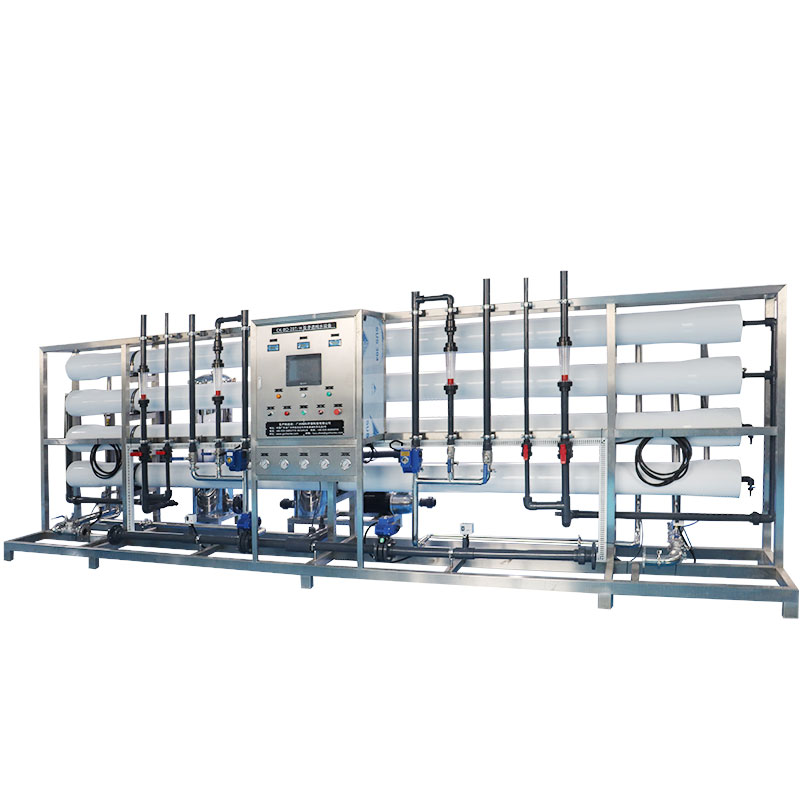How to recycle sewage? What equipment is needed?
With the increasing shortage of water resources, sewage recycling has become a global focus. Through scientific and effective sewage treatment and reuse technology, not only can the shortage of water resources be alleviated, but also environmental pollution can be reduced and sustainable development can be promoted.
However, the recycling of sewage is not an easy task, involving multiple complex treatment processes and specialized equipment. This article will discuss in detail the specific methods of sewage recycling and the key equipment required in these processes.

What is the necessity of sewage recycling?
Sewage recycling refers to the conversion of domestic sewage and industrial wastewater into water resources that can be reused after treatment. Sewage recycling can not only reduce dependence on natural water sources and save precious water resources, but also effectively reduce the emission of pollutants and improve the ecological environment.
Globally, many regions are facing serious water shortages. With the growth of population and the advancement of industrialization, the demand for fresh water is increasing. However, water resources are unevenly distributed and limited, and sewage recycling can effectively alleviate this dilemma. Untreated sewage discharge can cause serious pollution to the environment and affect the health of the water ecosystem. Through sewage recycling, the impact of direct sewage discharge on the environment can be reduced, the concentration of water pollutants can be reduced, and the ecological environment can be protected.

How to recycle sewage?
Basic steps of sewage recycling:
Sewage recycling is a complex process that requires multiple steps to convert sewage into reusable water resources. Generally speaking, the steps of sewage recycling include: pretreatment, primary treatment, secondary treatment, tertiary treatment (or advanced treatment), disinfection and reuse.
Pretreatment
Pretreatment is the first step in sewage recycling, which is mainly used to remove large particles, suspended matter, grease and other impurities in sewage. Common pretreatment equipment includes grilles, screens and grit chambers.
● Grilles: used to intercept larger particles in sewage, such as plastic bags, leaves, sawdust, etc., to prevent subsequent treatment equipment from clogging.
● Screens: further filter sewage and remove smaller suspended particles.
● Grit chamber: remove sediments such as sand, gravel, and silt in sewage by sedimentation to reduce wear on subsequent equipment.
Primary treatment
The main purpose of primary treatment is to remove suspended solids and organic matter in sewage to improve the biodegradability of sewage. Primary treatment usually uses physical and chemical methods.
● Sedimentation tank: Use gravity to settle suspended solids in sewage to form sludge.
● Flotation device: Use the buoyancy of bubbles to float suspended solids and grease in water to the surface, and then remove them through a scraper.
● Coagulation and sedimentation: Add coagulants (such as alum, aluminum sulfate), and through chemical reactions, aggregate tiny particles in the water into larger flocs for easy precipitation and removal.
Secondary treatment
Secondary treatment is the core step in sewage recycling. It mainly removes organic pollutants and some nutrients such as nitrogen and phosphorus in sewage through biological treatment methods. Secondary treatment generally includes aerobic treatment and anaerobic treatment.
● Activated sludge method: Use microorganisms in activated sludge to decompose organic matter in sewage to generate harmless carbon dioxide, water and sludge. This method is the most commonly used biological treatment technology.
● Biofilter: Decompose organic matter in sewage through microorganisms in the biological filter bed. When sewage flows through the filter material, microorganisms decompose organic matter into inorganic substances.
● Anaerobic reactor: In an oxygen-free environment, anaerobic microorganisms decompose organic matter into methane and carbon dioxide, while removing nutrients such as nitrogen and phosphorus from sewage.
Tertiary treatment (advanced treatment)
Tertiary treatment is a further purification of sewage after secondary treatment, mainly used to remove residual soluble organic matter, heavy metals, nutrients such as nitrogen and phosphorus, as well as color, odor, etc. Tertiary treatment usually uses a combination of physical, chemical or biological methods.
● Sand filter: The sand filter layer further removes suspended particles and colloidal substances in the water to improve the cleanliness of the water.
● Activated carbon adsorption: The strong adsorption capacity of activated carbon is used to remove residual organic matter, odor and pigment in the water to improve water quality.
● Membrane separation technology: Such as ultrafiltration, nanofiltration and reverse osmosis technology, which can effectively remove soluble substances and microorganisms in water and improve water quality to drinking water standards.
● Chemical oxidation: Organic matter in water is oxidized and decomposed by adding oxidants (such as ozone and hydrogen peroxide) to remove pollutants that are difficult to degrade.
Disinfection and reuse
After completing the tertiary treatment, most of the pollutants in the water have been removed, but disinfection is still required to ensure the safety of water quality. After disinfection, the sewage can be reused according to demand.
● Disinfection equipment: Common disinfection methods include chlorine disinfection, ultraviolet disinfection and ozone disinfection. These methods can effectively kill pathogenic microorganisms in the water and ensure that the water quality meets the reuse standards.
● Reuse system: The treated water can be used for agricultural irrigation, industrial cooling, urban greening, landscape water, groundwater recharge, etc., reducing the consumption of natural water resources.

What equipment is needed for sewage recycling?
The sewage recycling process involves the coordinated work of multiple equipment. Different types of equipment are required for different sewage treatment stages, and these equipment work together to ensure that the sewage treatment achieves the expected effect.
Pretreatment equipment
Pretreatment equipment is mainly used to remove large particles and suspended matter in sewage to protect the normal operation of subsequent treatment equipment.
● Screen machine: used to intercept larger particles in sewage to prevent subsequent equipment from clogging.
● Grit chamber: remove sand and silt in sewage through sedimentation to reduce equipment wear.
Primary treatment equipment
Primary treatment equipment is mainly used to remove suspended solids and some organic matter in sewage, reduce the turbidity and pollution load of sewage.
● Sedimentation tank: used to remove suspended solids and sludge in sewage and reduce the turbidity of sewage.
● Coagulation sedimentation device: through chemical reaction, the tiny particles in sewage are aggregated into larger flocs, which are easy to precipitate and remove.
Secondary treatment equipment
Secondary treatment equipment is the core of sewage recycling and utilization, mainly removing organic pollutants and nutrients such as nitrogen and phosphorus in sewage through biological treatment.
● Activated sludge system: using microorganisms in activated sludge to decompose organic matter in sewage and generate harmless carbon dioxide, water and sludge.
● Biofilter: decompose organic matter in sewage through microorganisms in the filter bed and convert it into harmless substances.
● Anaerobic reactor: used for organic matter decomposition and nitrogen and phosphorus removal in anaerobic environment, suitable for treating high-concentration organic sewage.
Tertiary treatment equipment
Tertiary treatment equipment is used to further purify sewage, remove residual organic matter, heavy metals, nitrogen and phosphorus, etc., and improve water quality.
● Sand filter: Removes residual suspended particles and colloidal substances in water by filtering to improve water cleanliness.
● Activated carbon adsorber: Uses activated carbon to adsorb organic matter, odor and pigment in water to improve water quality.
● Membrane separation device: Such as ultrafiltration, nanofiltration and reverse osmosis equipment, used to remove soluble substances and microorganisms in water.
Disinfection equipment
Disinfection equipment is used to kill pathogenic microorganisms in water to ensure water quality safety.
● Chlorine disinfection equipment: Kills bacteria and viruses in water through chlorine or sodium hypochlorite solution.
● Ultraviolet disinfector: Uses the bactericidal effect of ultraviolet rays to eliminate pathogenic microorganisms in water.
● Ozone disinfection system: Uses the strong oxidizing ability of ozone to quickly kill microorganisms in water.

Conclusion of wastewater recycling
Wastewater recycling is an important means to deal with water shortage and environmental pollution. Through multiple steps such as pretreatment, primary treatment, secondary treatment, tertiary treatment and disinfection, sewage can be effectively converted into reusable water resources. Different treatment stages require different equipment, which work together to ensure that sewage treatment achieves the desired effect.






